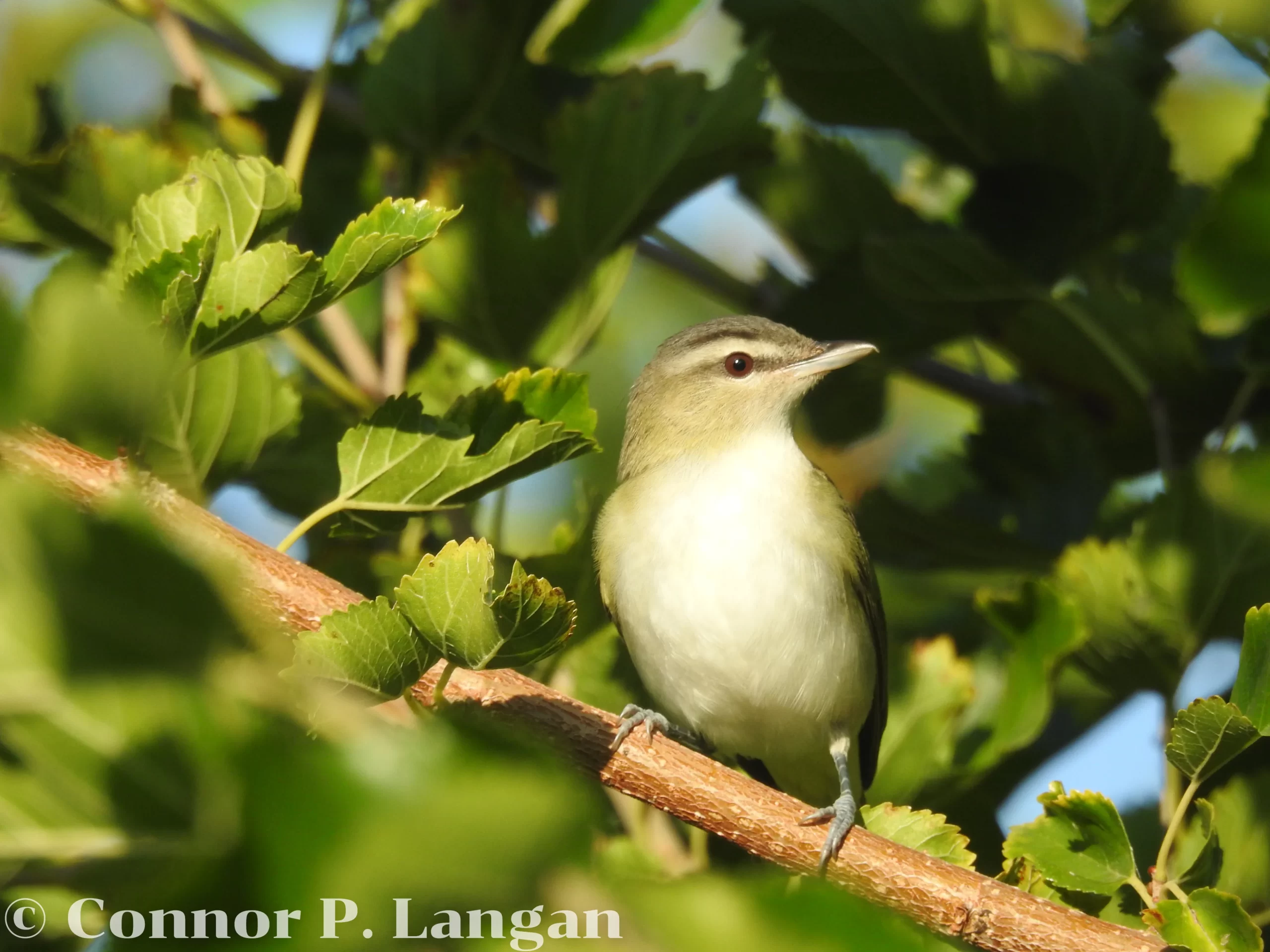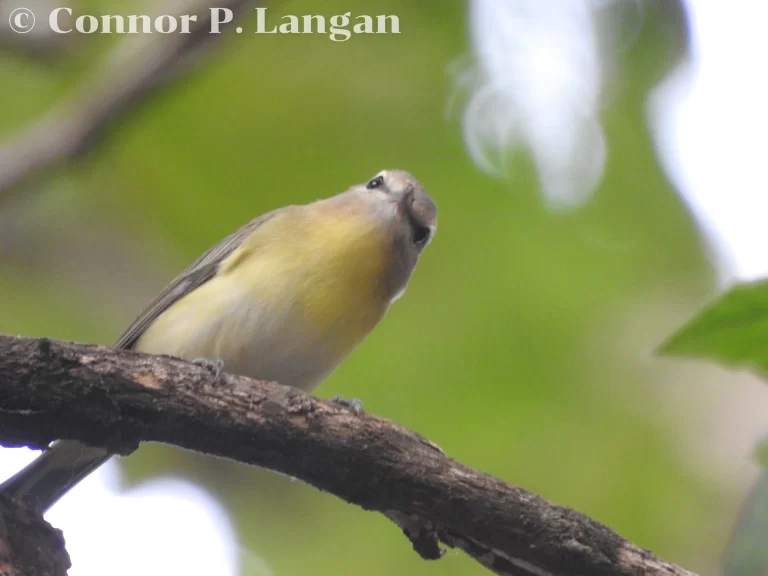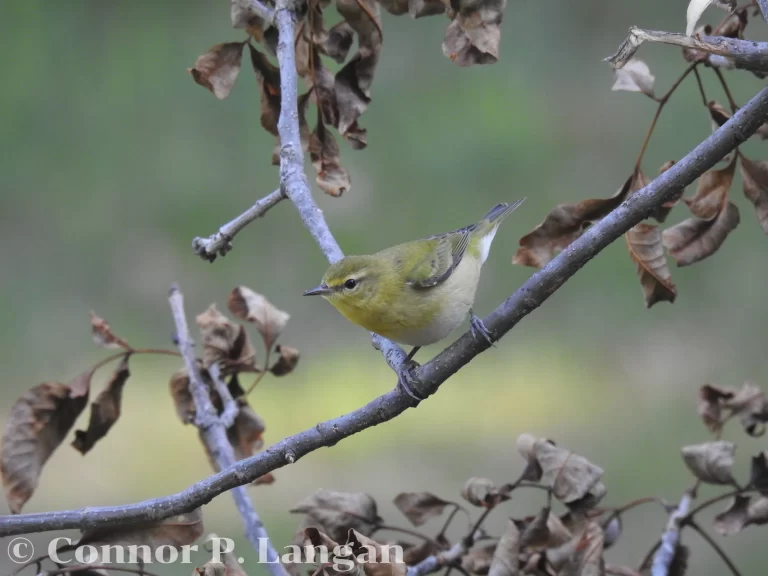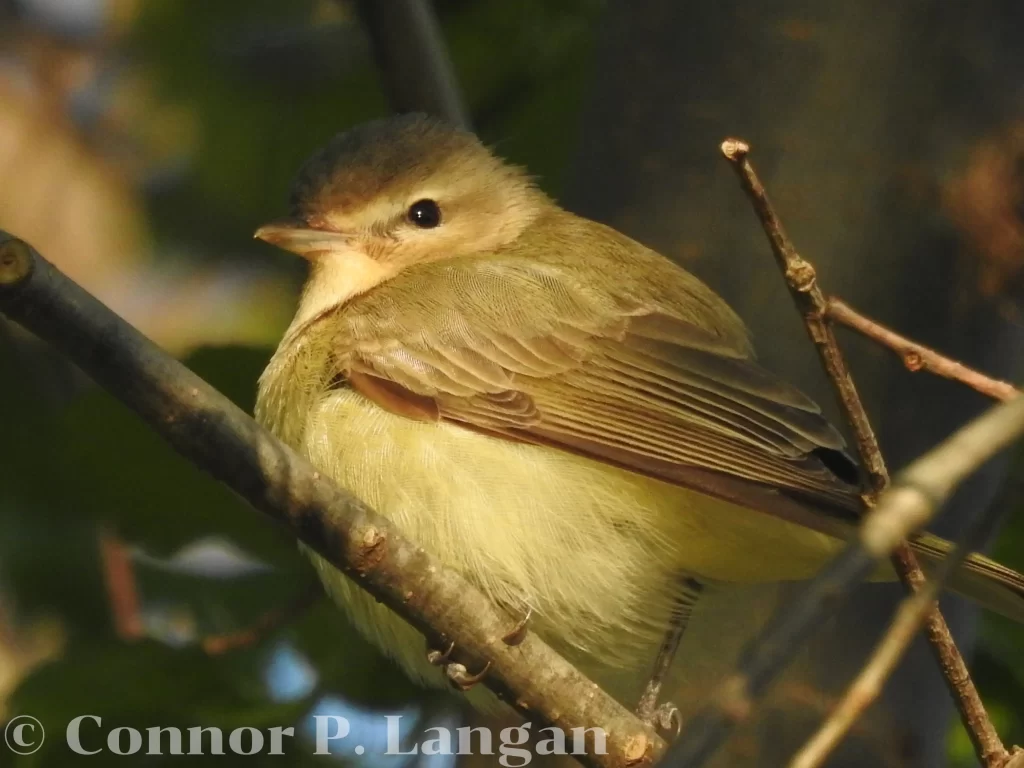Description
Red-eyed Vireos are sizable vireos that have blocky heads, thick necks, short tails, and long bills.
These songbirds measure anywhere from 4.75 to 5.1 inches, and they weigh up to 0.9 ounces.
Males and females are sexually monomorphic, meaning they look the same.
These birds have greenish-brown backs, gray caps, dark lines that extend through their eyes, and pale cream undersides.
Immature birds look similar to adults.
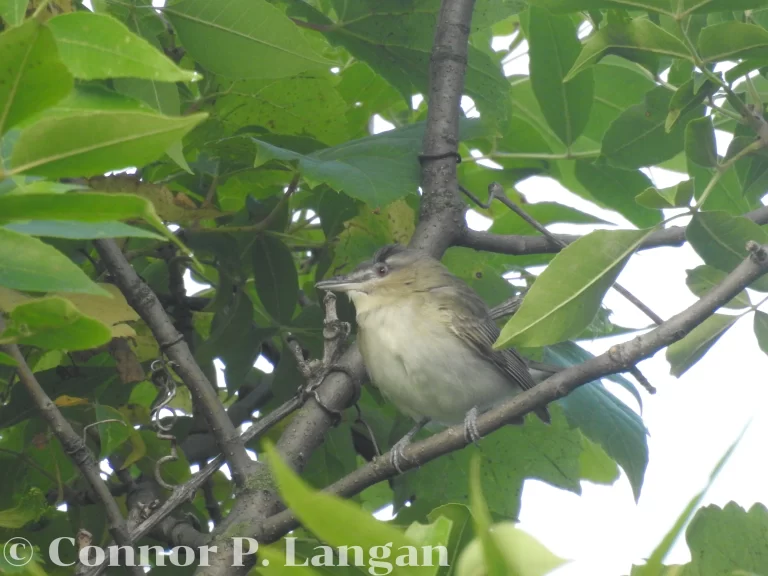
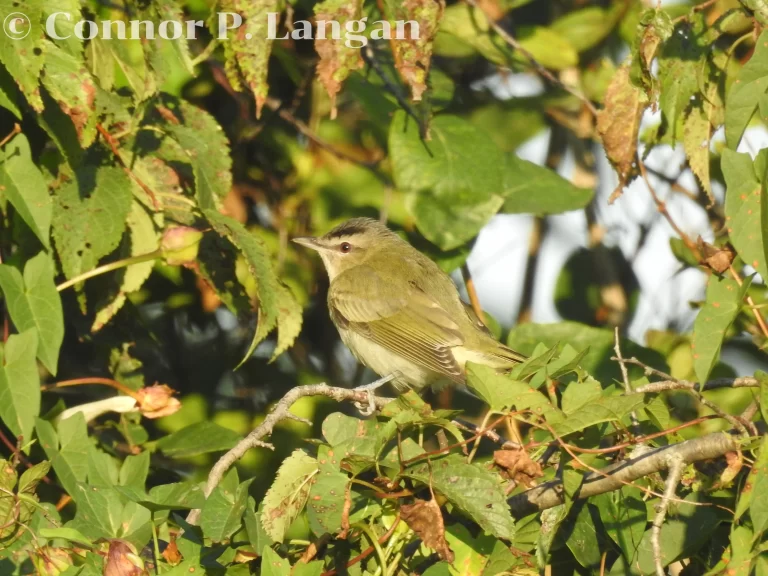
Behavior
Males are one of the most impressive songsters in a forest. Though their song is not particularly impressive, their persistence is notable. Males may sing for upwards of 12 hours a day during the height of the breeding season.
Red-eyed Vireos are aggressive in their efforts to defend their nests. These songbirds will chase intruding birds and mammals that encroach on their territory.
These birds keep a low profile when foraging, as they slowly move through the canopy and capture insects.
Red-eyed Vireo Diet
The diets of Red-eyed Vireos insects, seeds, and berries. Red-eyed Vireos are especially fond of caterpillars. Here are some of the berries that Red-eyed Vireos like to eat:
- Bayberry
- Dogwood
- Elderberry
- Virginia creeper
These birds undergo a dramatic shift in their diets throughout the year. During spring and summer, Red-eyed Vireos eat a diet centered around insects.
They begin to shift to a diet of fruits during the fall. By the time they arrive at their wintering grounds, they are eating fruit almost exclusively.
Habitat
Red-eyed Vireos are partial to deciduous forests during the breeding season. They thrive in hardwood forests that have a healthy understory, and they’re most common in the interior of forests away from edges.
Parks, neighborhoods with plenty of trees, shelterbelts, and tracts of forest may all be used by Red-eyed Vireos during migration. These birds are adaptable in the winter, being found in rainforests, cacao and coffee plantations, and other forested locales.
Range
Red-eyed Vireos migrate considerable distances for being so tiny. The wintering grounds of these birds are located in the Amazon basin of South America.
This species travels to the United States and Canada during the breeding season. Their range is enormous, as it extends from southern Florida almost to Alaska.
Breeding
These songbirds are monogamous throughout the breeding season, but they typically find new partners each year.
Females handle most of the tasks related to nest site selection and nest construction. Males may provide materials to help females build nests, but females do construction themselves.
Nests are typically situated in a fork of a deciduous tree. Females typically build nests at heights of 10 to 15 feet off of the ground.
It takes between 4 to 5 days for females to complete the construction of a nest. To build the nest, she uses grasses, branches, bark, and other plant fibers. The cup-shaped nests are held together using silk from spider webs.
Females may lay one or two broods of eggs every year. Each clutch will contain up to 5 eggs, and it takes around two weeks for eggs to hatch. Nestlings depart after at least 10 days in the nest.
Backyard Birding
Red-eyed Vireos will not visit bird feeders, but backyard birders can still lure these birds to their properties by planting berry-producing trees or shrubs.
Additionally, Red-eyed Vireos may use bird baths that are surrounded by vegetation.
Red-eyed Vireo Population Status
Populations of Red-eyed Vireos have fared well in recent decades. There are approximately 130 million Red-eyed Vireos today, and their numbers have been increasing gradually.
Though population trends are encouraging, these birds are still threatened by habitat fragmentation, window strikes, and nest parasitism.

